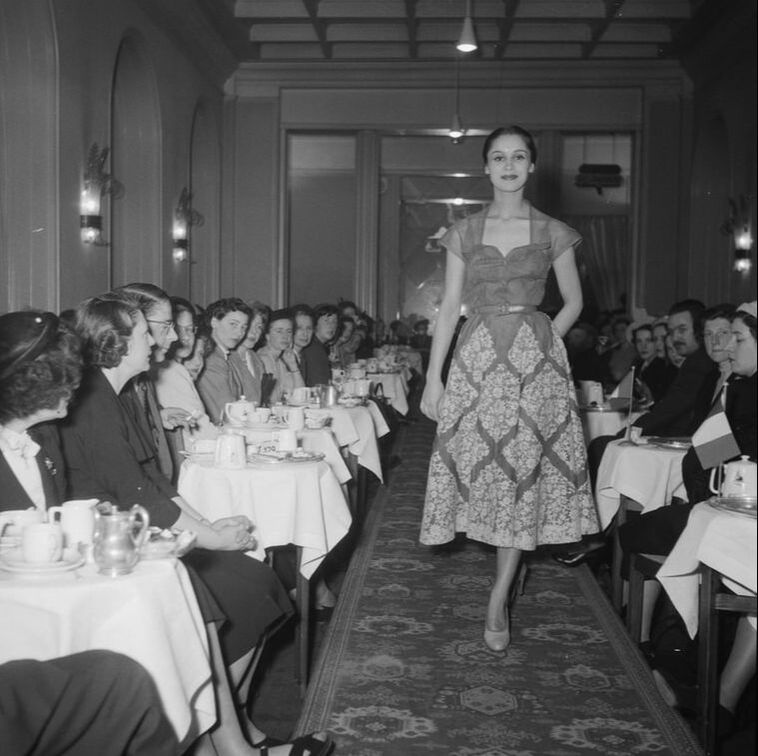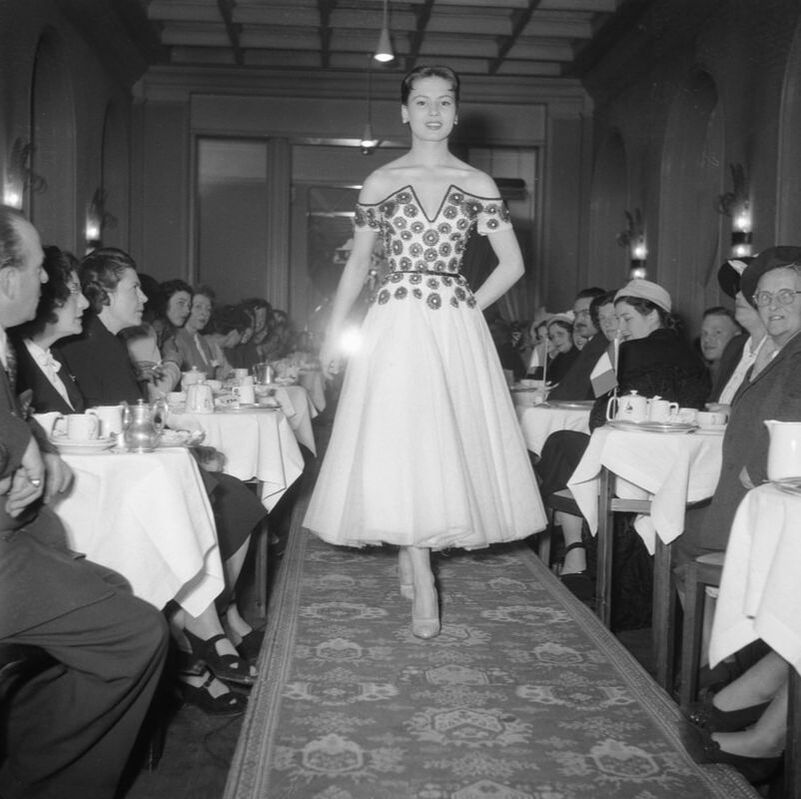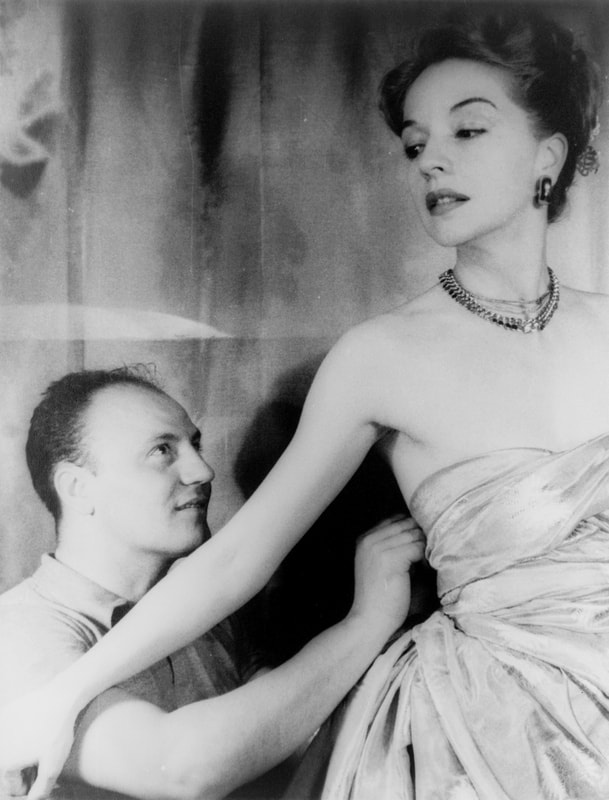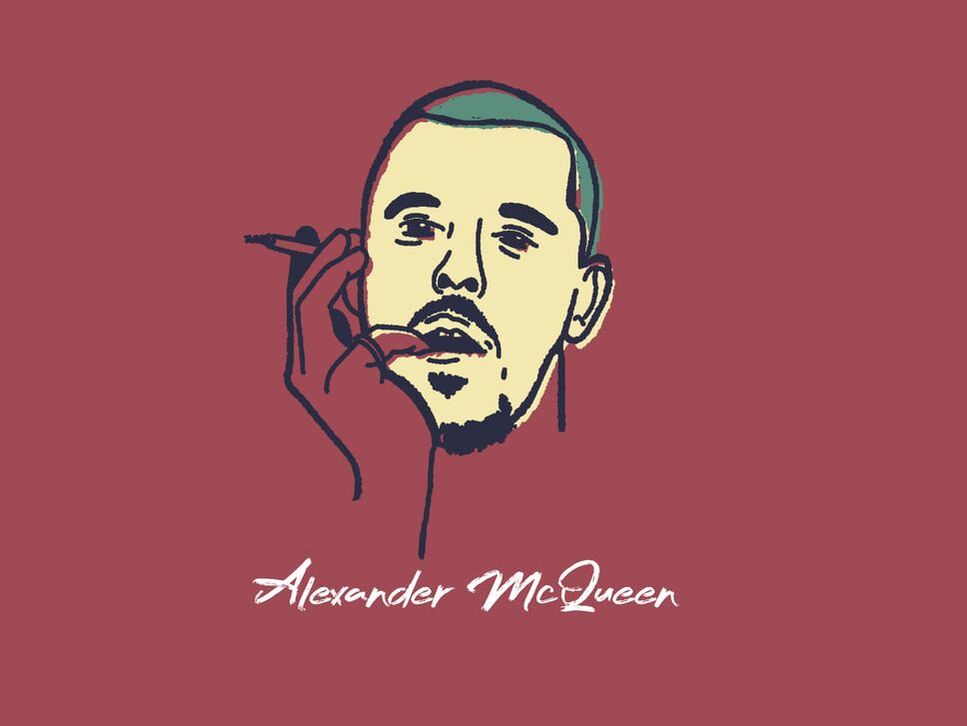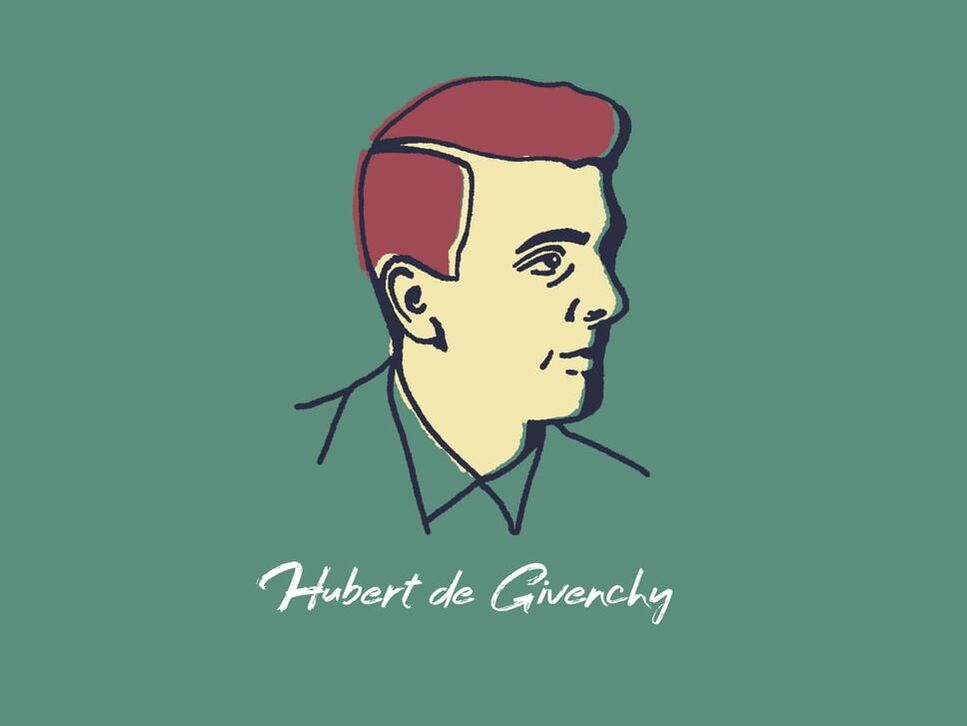|
19/8/2020 Biographies in brief: Pierre BalmainA potted history of a master French couturier who always stood out from the crowd... Early LifePierre Balmain was born in May 1914 in the small French alpine village of St Jean de Maurienne and, from the get-go, was surrounded by fashion. His mother worked at a dress shop managed by his aunts and owned by his father, who had also inherited a successful drapery business. Or so the family thought. When Maurice died suddenly in 1921, mother and son discovered that they were not wealthy, as they had thought, but were virtually penniless. Balmain’s father had been hiding his failing business for years but what little he did leave his son - a childhood absorbing different modes of fashion and a box of theatre costumes - would leave a lasting impression that would set the designer up for life. Aged 11, Pierre Balmain won a scholarship to boarding school in Chambéry where, alongside the usual subjects, he was taught the skills - such as dancing and riding - that would later make him a hit with the Parisian society set. Despite being already set on a career in fashion, in 1933 Balmain enrolled to study architecture at the École des Beaux-Art at the behest of his mother. Inevitably, he didn’t last long and a letter writing campaign to the big fashion houses of the time soon led to introductions to Lucien Lelong, Jeanne Lanvin and Edward Molyneux - the latter of whom gave him his first job. Post-war BalmainMuch to his dismay, Balmain’s time at Molyneux was cut short when he was called up for military service in 1936. However, having gained a solid grounding in cutting and tailoring, Balmain immediately went to work for Lelong upon his return from the war and it was here he met his friend and mentor Christian Dior. The two grew close but when Balmain asked Dior to be a partner in his eponymous atelier, the relationship turned sour. Despite showing initial excitement, Dior ultimately decided the partnership would not work and the two parted ways under bitterness and resentment, eventually becoming fashion world rivals. Undeterred, Balmain pressed on with the opening of his own house, eventually presenting his debut show on 12 October 1945 at his boutique on Rue Francois 1er. Lavish, luxurious and in stark contrast to the modest post-war clothing still being worn by most women, the collection was an instant success with Gertrude Stein (who, along with Alice Toklas, had been wearing Balmain’s clothes for many years at this point) writing in Vogue that the show was a ‘new sensation of the Paris Couture’. This buzz immediately caught the attention of photographer Cecil Beaton and illustrator Christian Berard who, as part of the elite fashion set of the time, began spreading the word about this fantastic new couturier, thus setting Balmain on a path to stardom. building the brandHis early success spurred Balmain on through a series of shrewd business deals and - with no small amount of help from a friend of Molyneux’s who happened to be the manager of Barclays Bank in Paris - within six years Balmain had secured over 1 million francs in funding while still owning his company outright. During this time, Balmain’s renown grew throughout the world and, despite some detractors (Coco Chanel is reported to have commented, “Well, provincial women have to dress too”), the house gained loyal clients across Europe and America. This was helped, of course, by Queen Sirikit of Thailand who Balmain met by chance in 1947 while in Bangkok on his return journey from a trip to Australia.
Later LifeIn 1970, aged 56, Balmain sold his house but continued on as its creative director and, in 1980, was nominated for a Tony for Best Costume Design for Happy New Year. However, by the time of his death from liver cancer on 29 July 1982, Balmain’s name had all but faded from high fashion circles. By now over 130 manufacturers were creating products bearing the Balmain name in categories such as menswear, jewellery and luggage - and, as modern design houses know, ubiquity is rarely covetable. Balmain was immediately succeeded by his lover and protege Erik Mortensen while, over the course of the last 40 years, a string of big name designers including Oscar de la Renta, Christophe Decarnin and Olivier Rousteing slowly set about reviving the glamorous house that once was. Comments are closed.
|
Categories |
Search by typing & pressing enter

